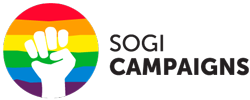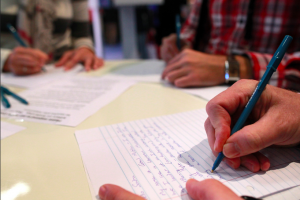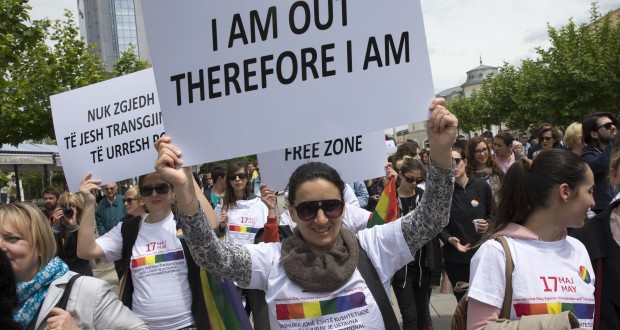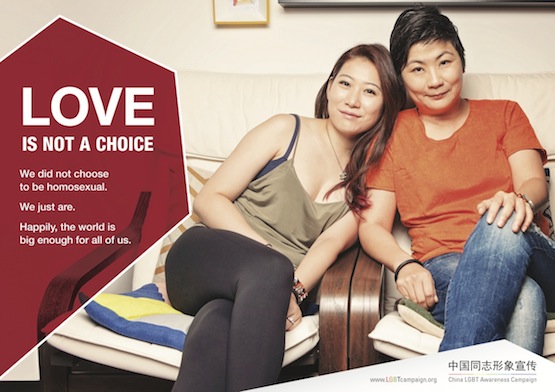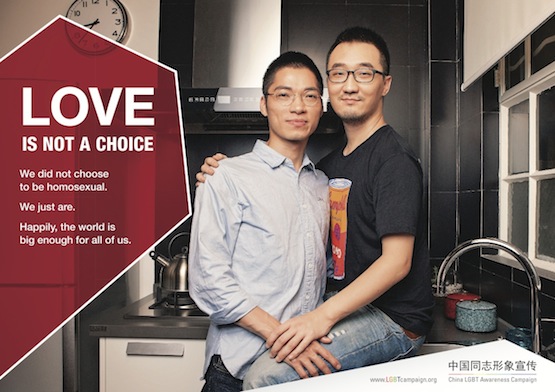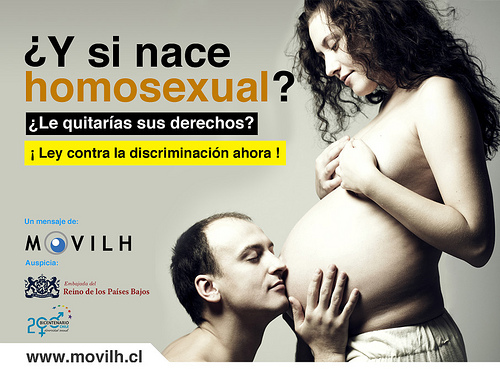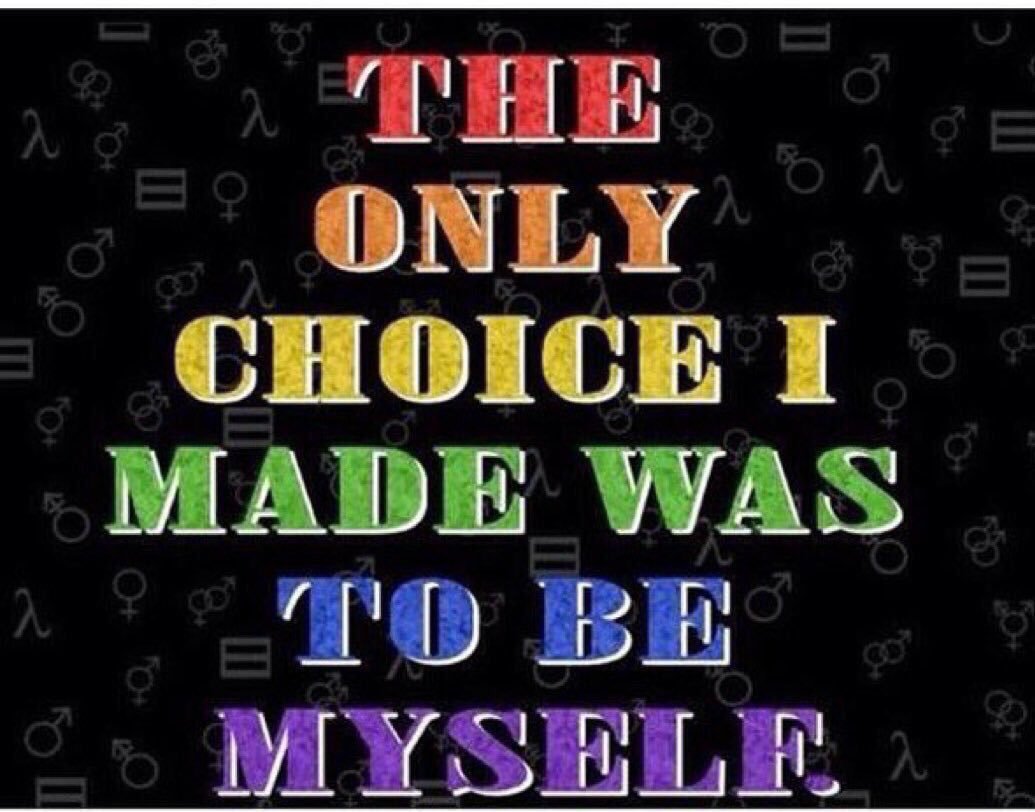How to frame effective messages
In our previous post, we have given an overview of what framing is and why it matters.
We continue this exploration with additional extracts of the excellent report done by the Movement Advancement Project.
So, how do we do framing?
“Frankly, it’s not easy to effectively frame an issue. Why? Because good framing starts from the perspec- tive of the target audience—people whose mindset, values, and patterns of reasoning are often very different from your own.
Here’s a brief step-by-step guide to framing.
Step 1. Understand the Mindset of Your Target Audience
Good framing means understanding how your target audience thinks.
What do they care about? How do opponents, the media, and the LGBT movement encourage them to see LGBT issues? What are the consequences of their existing beliefs around LGBT issues? How can you reframe the issue to encourage them to think differently? What are the larger values you should frame your issue around?
This requires market research.
[box type=”warning”]
Don’t make assumptions based on your “natural” knowledge of your target group. Sometimes you could be wrong, or stay stuck at superficial arguments.
Or you could focus on what is most important for you, rather than what makes most sense to focus on for your target audience, because you haven’t listened to them carefully enough.
Step 2. Know When Your Current Frames Aren’t Working
You can tell you don’t have the right frame when the following happens:Your opponent uses two words (e.g., “special rights”) while you require five minutes to explain your position. If you’re launching into long explanations to defend your side, you’re not appealing to an established frame.
Step 3. Know the Elements of a Frame
An effective frame includes the following:
- Credible messengers (check out our special post on messengers)
- Attention-getting visuals (check out our special post on visuals)
- Friendly priming (check out our special post on Priming)
- Numbers in context (Facts alone aren’t compel- ling. Unless numbers tell a story, they won’t mean anything to your audience)
- Show how things connect (Draw clear and concrete connections between a problem and its cause. People are more engaged and supportive when they understand the causes of, and solutions to, a problem.)
Step 4. Speak to People’s Core Values
Drop the language of policy wonks. Remember that voters vote according to their identities and their values.These don’t always coincide with their self-interest. (for more on this, see the previous post on Framing.
Step 5. Avoid Using Opponents’ Frames, Even to Dispute Them
[box type=”warning”]
The more you repeat a negative frame, the more you reinforce it.
While you shouldn’t repeat negative frames, you should make an effort to understand where your op- ponents are coming from. Know what you’re arguing against and why your opponents believe what they do.
Step 6. Keep Your Tone Reasonable
In order for people to change their opinion on an issue, they need to be open to new information.
A reasonable tone keeps them open.
Step 7. Build a New Frame
Build your frame by describing what the issue is “about” in a way that ties to deep-seated American values and beliefs. For example, don’t talk about mar- riage as a set of benefits. Mainstream America doesn’t think of marriage as “about” benefits.
Instead, talk about how marriage gives committed couples the social and legal protections they need to take care of each other emotionally, financially, in sick- ness and in health. Explain how the lack of marriage makes it harder for gay couples to do this. It’s easy to be against “redefining marriage.” It’s harder to be against giving committed couples the legal protections they need to “take care of each other.”
Step 8. Stick With Your Message
Remember, the public needs repeti- tion, repetition, and more repetition before it can internalize what you’re saying. Don’t allow opponents to bait you into getting off message.
